Oscillating Cylinders CFD: A Fluent Tutorial on Vibration UDF & Dynamic Mesh
Oscillating Cylinders CFD: A Fluent Tutorial on Vibration UDF & Dynamic Mesh
- Upon ordering this product, you will be provided with a geometry file, a mesh file, and an in-depth Training Video that offers a step-by-step training on the simulation process.
- For any more inquiries regarding the product, please do not hesitate to reach out to us at info@CFDLAND.com or through our online support assistant.
€220 Original price was: €220.€185Current price is: €185.
The study of flow around Oscillating Cylinders is a fundamental problem in fluid dynamics with wide-ranging applications, from understanding heat transfer enhancement to analyzing the behavior of offshore structures and biomechanical devices. In many engineering scenarios, the vibration is not random; it is a specific, controlled motion driven by an external source. This is known as forced oscillation. To accurately predict how the surrounding fluid will react to this movement—specifically the complex vortex patterns and pressure fluctuations it creates—engineers rely on advanced Vibration CFD simulations. The primary challenge is that the domain boundaries (the cylinders) are in constant, prescribed motion. This requires the use of the Dynamic Mesh capability in ANSYS Fluent, which is controlled by a custom Oscillating UDF to dictate the precise movement of the Vibrating Cylinders.
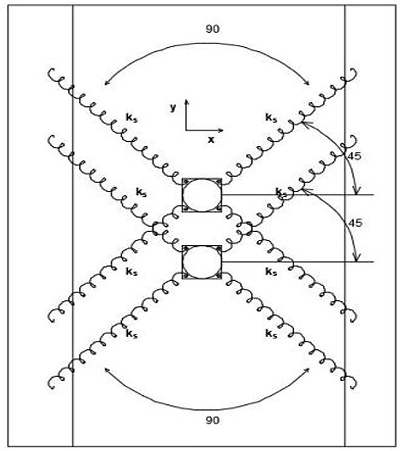
Figure 1: Schematic of the two tandem Vibrating Cylinders, a classic setup for studying wake-induced vibration.
Simulation Process: Modeling Flow-Induced Oscillation with a Dynamic Mesh UDF
The foundation of this Oscillating CFD simulation is the high-quality structured grid created using ICEM, as shown in Figure 2. A structured mesh provides the highest accuracy for capturing the fine details of the flow, particularly the boundary layers and the chaotic wake. The key to the entire simulation is the Dynamic Mesh module in ANSYS Fluent.
Unlike a flow-induced vibration model where fluid forces cause movement, this simulation uses a custom Vibration UDF (User-Defined Function) to impose a specific, controlled oscillating motion on the cylinders. The UDF acts as a virtual controller, defining the motion based on the logic of a mass-spring-damper system, but it is the UDF itself that drives the movement. This prescribed motion forces the mesh to deform continuously. To manage this deformation and prevent the mesh quality from degrading or collapsing, the robust Smoothing method was employed. This technique adjusts the grid nodes to accommodate the cylinder’s movement, ensuring the simulation remains stable and accurate throughout the entire oscillation cycle.

Figure 2: The high-quality structured grid from ICEM, essential for an accurate Oscillating Cylinders CFD simulation.
Post-processing: CFD Analysis of the Fluid’s Response to Forced Cylinder Oscillation
The simulation results provide a clear, fully substantiated story of cause and effect, which begins with the prescribed motion. The Oscillating UDF forces the two cylinders to move in a specific pattern, acting like paddles that constantly stir and disrupt the incoming fluid. This forced movement is the direct cause of the complex flow phenomena that follow. As the cylinders oscillate, they squeeze the flow in the gap between them, causing the fluid to accelerate to a maximum velocity of 2.71 m/s. This powerful, pulsating jet, combined with the continuous side-to-side motion of the cylinders, breaks the symmetry of the flow and creates the perfect conditions for the formation of a von Kármán vortex street. The velocity streamlines in Figure 3 clearly show this iconic pattern: vortices are shed from the upper and lower surfaces of the cylinders in a distinct, alternating sequence, creating a large, unsteady wake.

Figure 3: Velocity streamlines revealing the classic alternating vortex street, a direct consequence of the prescribed motion in this Vibration CFD analysis
This entire dynamic process places immense stress on the computational mesh. The contour of the cell volume derivative in Figure 4 provides direct, quantitative proof of this challenge. The highest rates of mesh deformation (up to 1.03e-05 m³/s, shown in red) are concentrated precisely in the narrow gap where the cylinders’ motion causes the most extreme stretching and compressing of the cells. The successful handling of this intense, localized deformation is a critical achievement of the simulation setup. The most significant achievement of this Oscillating CFD analysis is the stable and accurate prediction of the fluid’s complex response—the high-velocity jetting and the classic vortex street—to a precisely controlled, UDF-driven forced oscillation. The robustness of the Dynamic Mesh Smoothing method proved essential in allowing the simulation to run without failure, providing invaluable insight into the wake dynamics generated by the Vibrating Cylinders.
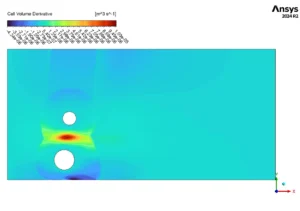
Figure 4: The Cell Volume Derivative contour, showing the intense mesh deformation successfully managed by the Dynamic Mesh model.
We pride ourselves on presenting unique products at CFDLAND. We stand out for our scientific rigor and validity. Our products are not based on guesswork or theoretical assumptions like many others. Instead, most of our products are validated using experimental or numerical data from valued scientific journals. Even if direct validation isn’t possible, we build our models and assumptions on the latest research, typically using reference articles to approximate reality.
Yes, we’ll be here . If you have trouble loading files, having technical problems, or have any questions about how to use our products, our technical support team is here to help.
You can load geometry and mesh files, as well as case and data files, using any version of ANSYS Fluent.
€180 Original price was: €180.€145Current price is: €145.

€310 Original price was: €310.€175Current price is: €175.

€155 Original price was: €155.€135Current price is: €135.

€380 Original price was: €380.€185Current price is: €185.

€230 Original price was: €230.€145Current price is: €145.

€200 Original price was: €200.€125Current price is: €125.


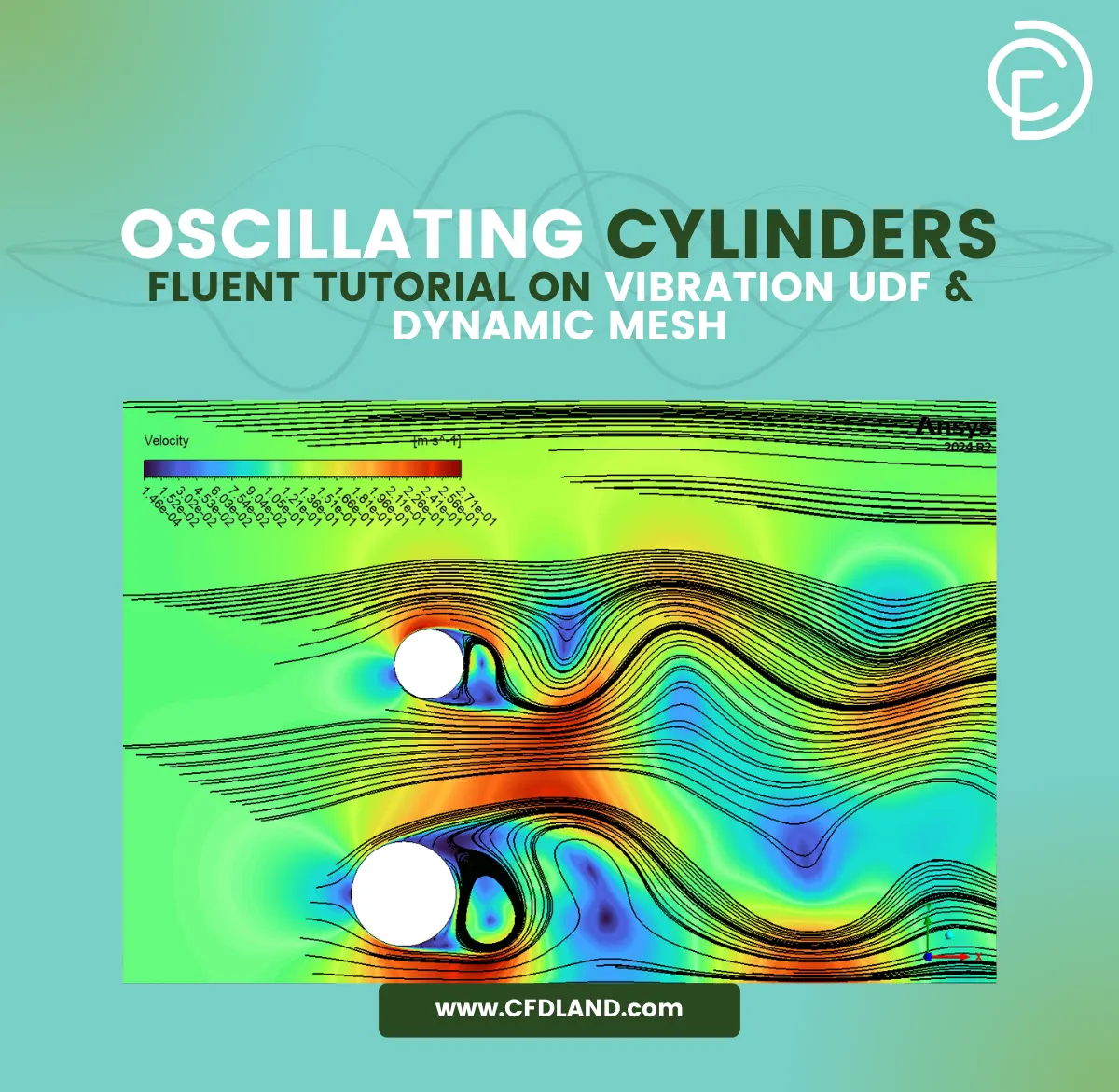
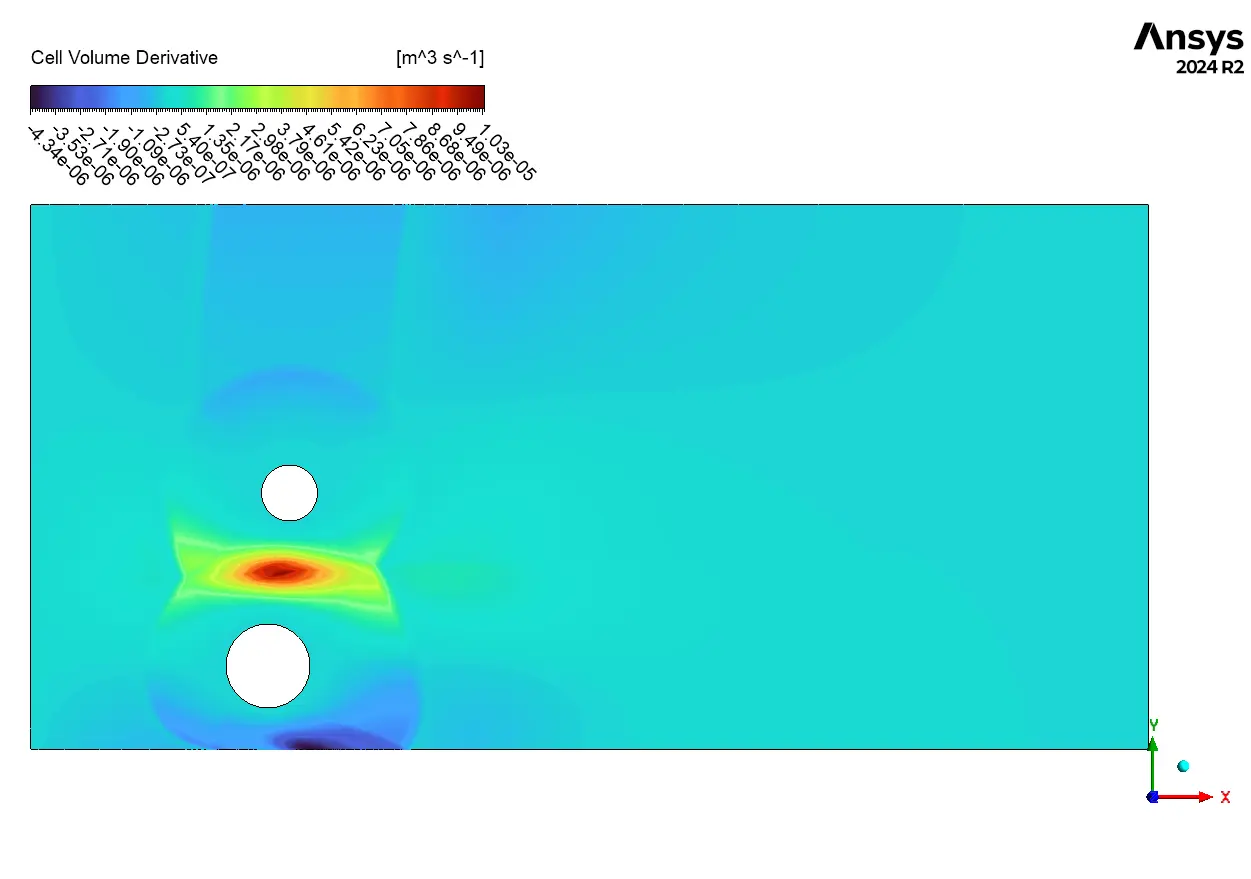
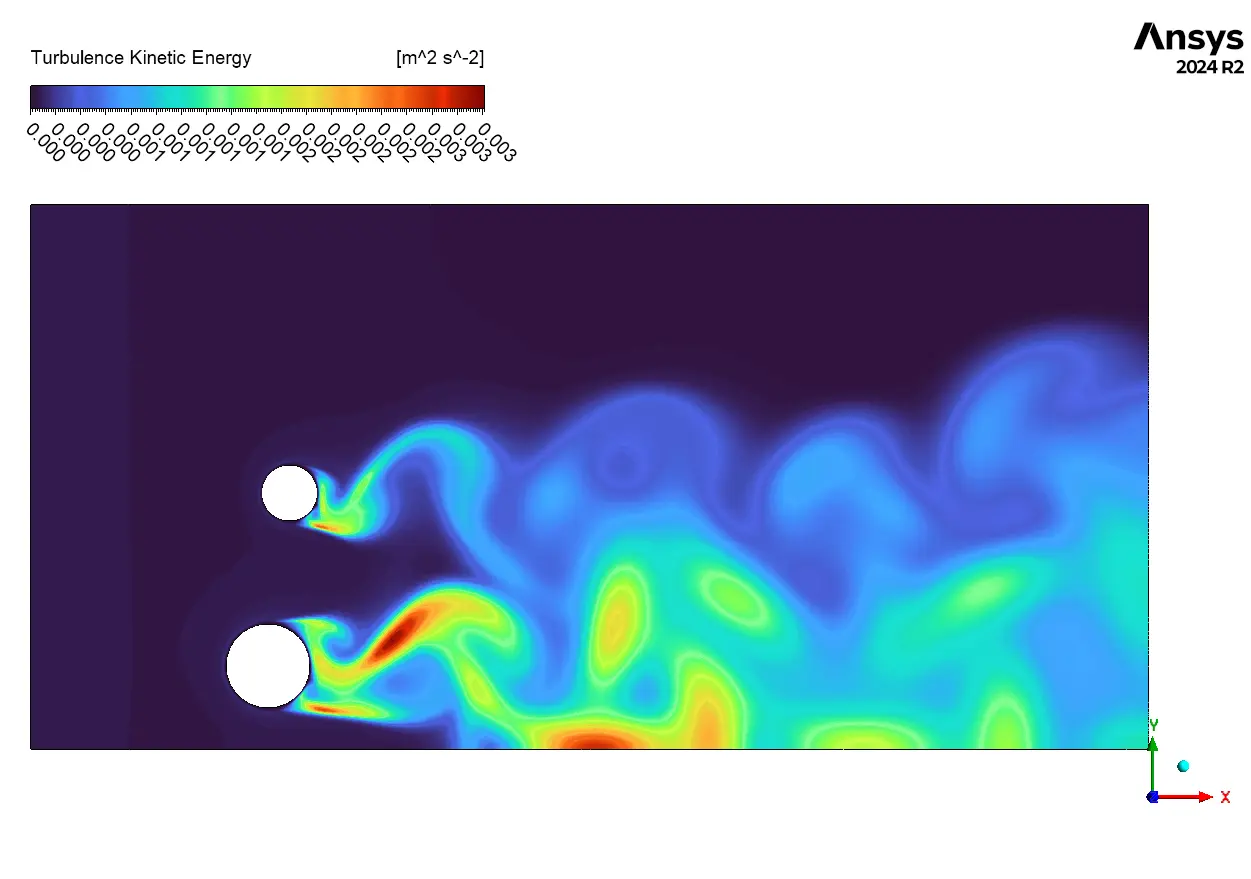

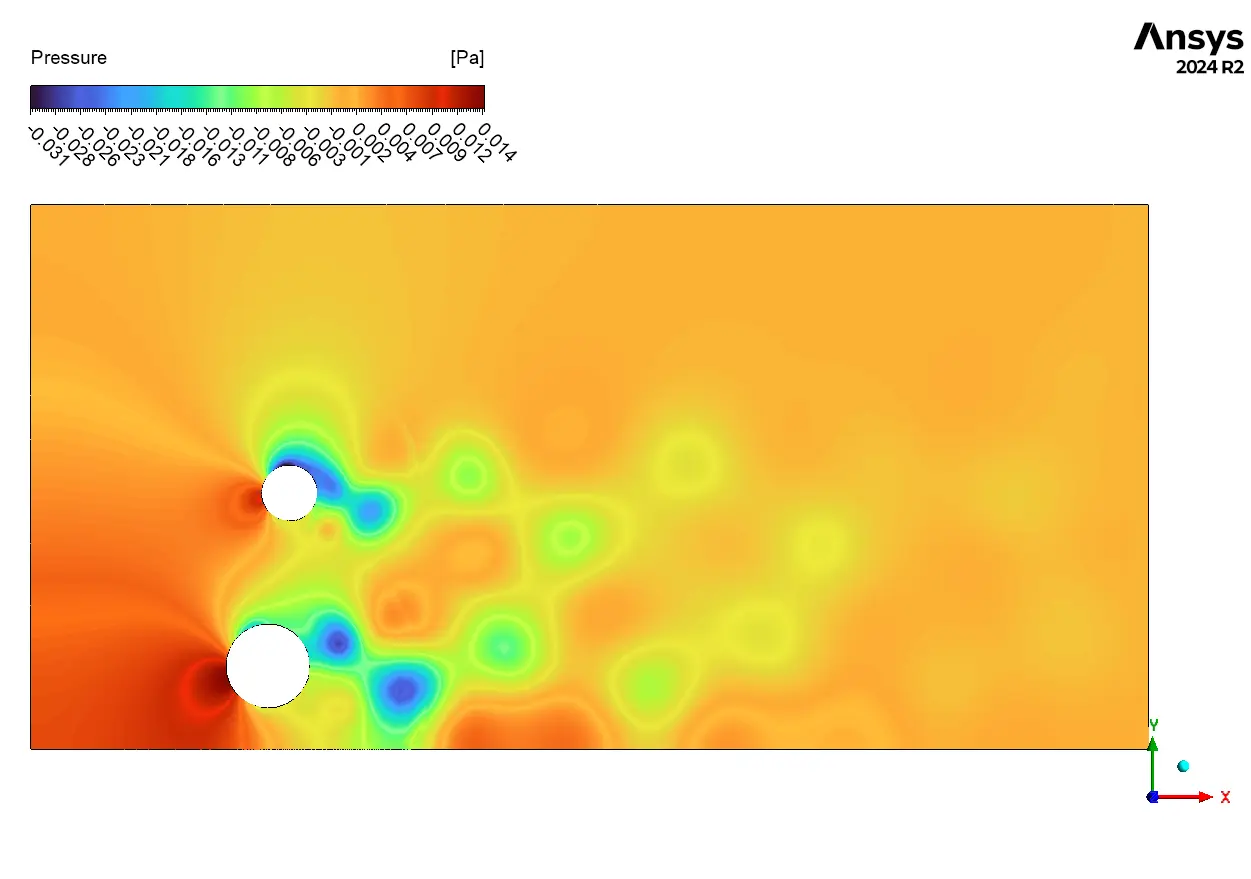

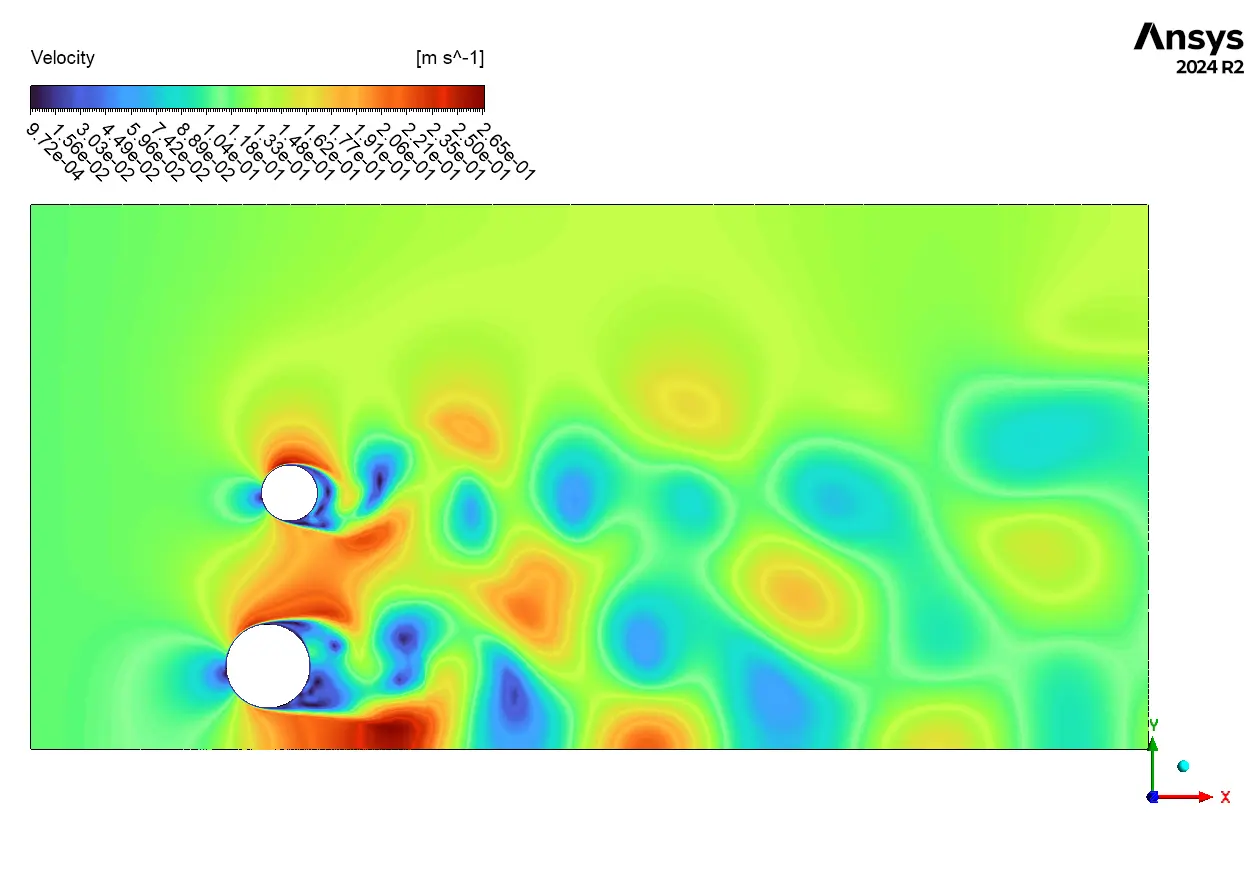







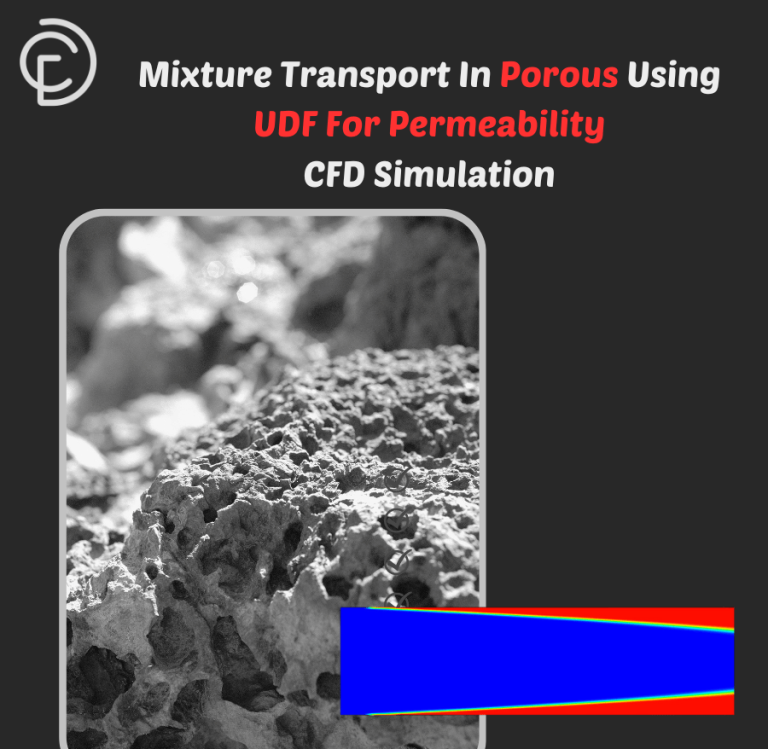

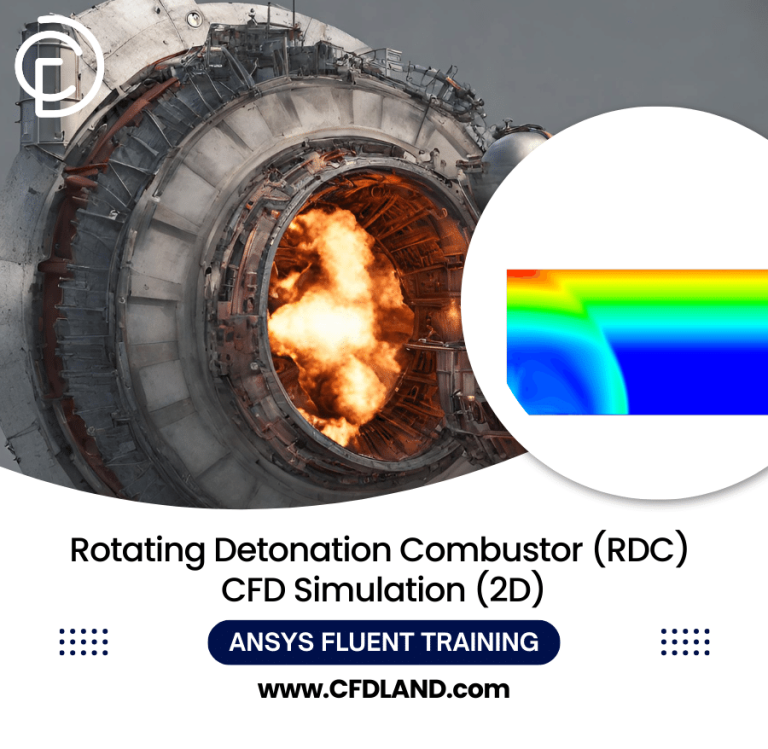

Reviews
There are no reviews yet.